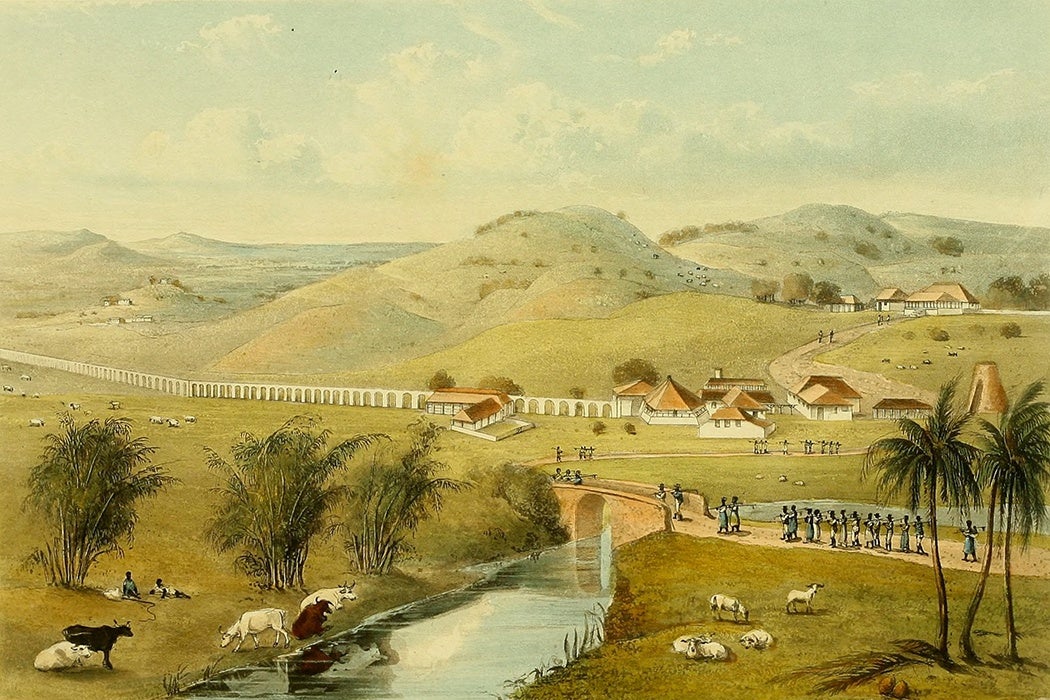For 400 years, from the 1480s until the 1880s, the enslavement of African people persisted throughout Europe and its colonies. During this time, nearly 12.5 million people were transported from Africa to varying parts of Europe and the Americas. Only around 10.7 million survived. But as long as there was slavery there was also resistance, in the form of revolts and escapes. In places where the natural habitat provided spaces to hide out long-term, escaped slaves created communities of their own and were often known as “Maroons.”
Maroon societies existed all over the Americas, from South Carolina to Brazil and many places in between. Often these communities became distinct cultures in their own right, blending elements from the various African tribes from which their inhabitants came and, in some cases, incorporating cultural elements of the indigenous peoples of the land.
Perhaps the most well-known Maroon societies are the ones that existed, and in fact still exist, in Jamaica. Maroon societies in Jamaica can trace their roots back to the 1500s, when the ruling Spanish captured African Muslims (living in Spain at the time), enslaved them, and brought them to Jamaica. The Maroon communities were begun 150 years later, when the Spanish left Jamaica to the English in 1655, and some of the slaves they had brought over were left behind.
News of the Spanish Maroon community soon spread among the British slaves and many of them escaped, joining the Maroons already living in the mountains. Differences in language and culture—the British slaves were of African descent—may have contributed to the eventual split that created two major Maroon communities in Jamaica, the Leeward Maroons and the Windward Maroons, communities that persist to this day.
While both of these communities still exist in Jamaica, they are under increasing pressure to assimilate into the surrounding culture and have been for some time. Take the Accompong community, an historical Maroon village in Jamaica that, ever since a 1739 treaty with the British, has existed under semi-autonomous rule, persisting as a kind of “nation within a nation.” Traditional religious practices and customs of law have come under fire from local government and missionary groups; “The limits of Maroon autonomy are periodically tested, for instance, by those Maroons who claim that the treaties protect their right to cultivate ganja (cannabis) on Maroon lands.”
Weekly Digest
At the same time commodification of Maroon culture is on the rise, particularly as it pertains to tourism. There are ongoing conflicts over the political autonomy of the community, with the Maroons insisting that the Jamaica government uphold the treaty rights that they were granted by the British government in 1739 and the Jamaican government asserting that there is no difference between the Maroons and any other Jamaican citizen.
Maroon societies in Jamaica have survived despite the odds, and while their story is unusual, their issues are not unique. How to maintain an autonomous culture in an increasingly global world? As Barbara Klamon Kopytoff wrote of their early years of independence, “The Jamaican Maroons faced problems common to all maroon societies, and indeed, to many other immigrant groups in the New World.”







